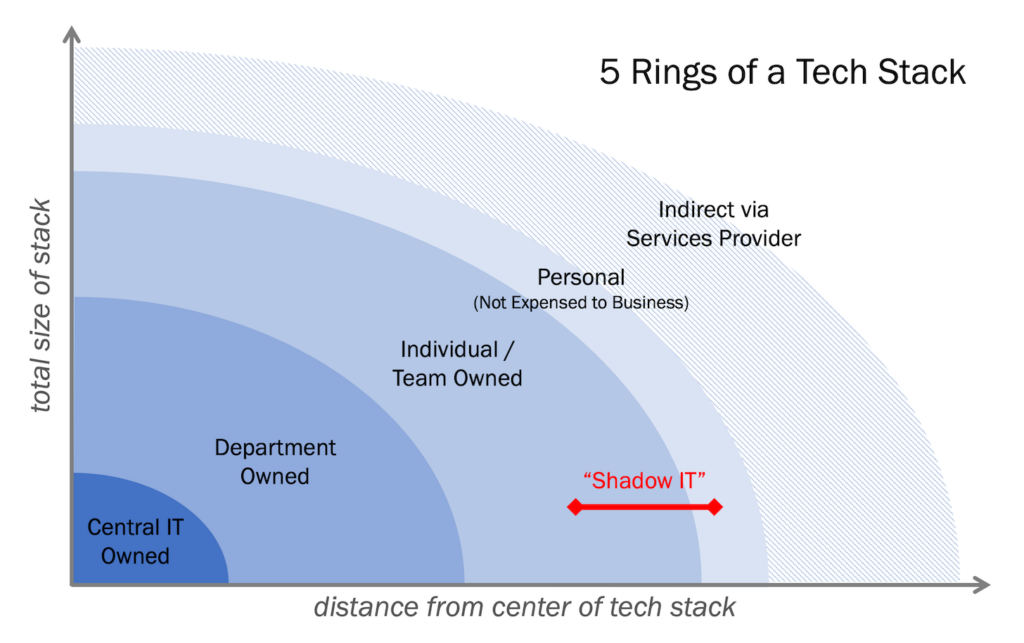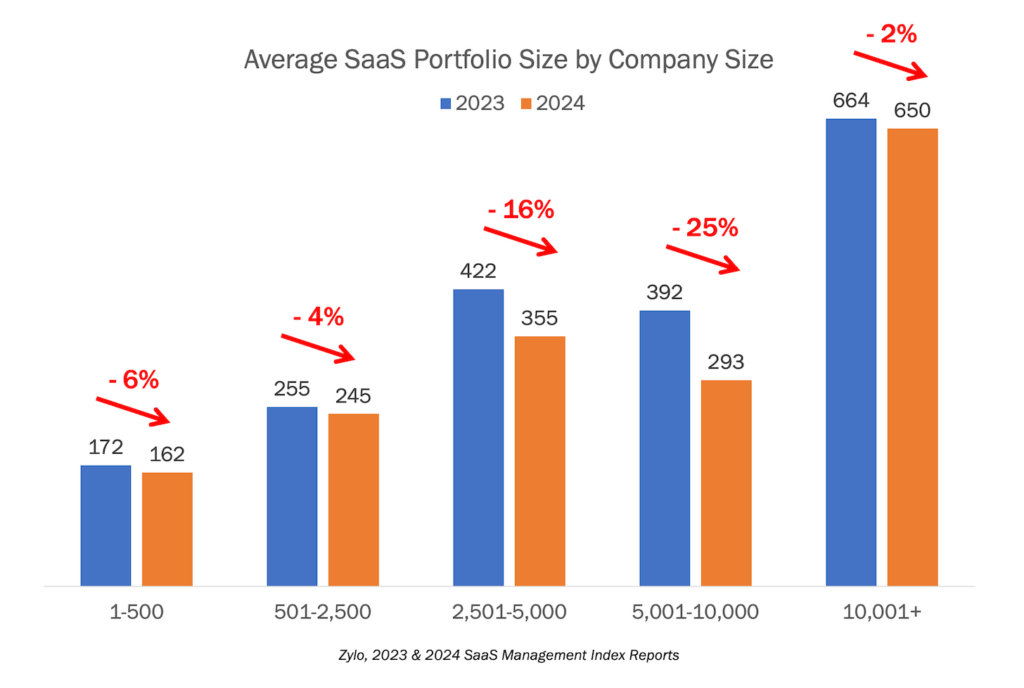The following is a follow-up guest post by Jeremy Epstein, CEO of Never Stop Marketing, to his previous articles on blockchain marketing, blockchain brand promises, and blockchain brand “logos”. Jeremy currently works with several of the leading companies in the blockchain and decentralization space.
How do you measure “brand equity” today?
Perhaps some analysis of awareness, recall, etc. Google it, and you’ll see plenty of suggestions. But unlike something such as Net Promoter Score, there’s not a clear definition of how to calculate it.
According to the Insights Association, “From a marketing research perspective, brand equity is often viewed conceptually — as a framework for understanding the power of the intellectual and emotional associations consumers have with particular named products and services.”
Bottom line: marketers know that brand equity is valuable. We’re just not all in agreement about how to measure it.
In a blockchain world, that’s going to change.
You see, users of applications that rely on blockchain technology are different from web users in many ways, but one critical way as it relates to brand equity. Unlike web users, they have a financial stake in the services they consume, which comes in the form of the “token” or the “coin.”
Bitcoin is a good example. When I have Bitcoin, not only do I use the coin itself to conduct transactions (as I have), but since the total supply of Bitcoin is fixed and will max out at 21 million, I have a vested interest in increasing the perceived (and hence, actual) value of a Bitcoin.
As I get more people into the Bitcoin network, my “intellectual and emotional association” with Bitcoin increases. At the same time, the increased demand for Bitcoin increases the actual value of a Bitcoin (as we continue to see).
As a result, the market cap of Bitcoin (and other coins, which you can track here) reflect, I believe, the brand equity that a protocol token actually has. And, compared to traditional brand equity, this token-based brand equity can be leveraged to buy things.
As marketers in a blockchain world, we will need to promote the underlying protocol and service that it represents in order to drive network effects, which increases the value of the token for every “shareholder.”
In a blockchain-enabled world, brand equity, market cap, and traditional equity get merged into one, but ultimately represent something that is frequently lost in traditional valuation metrics — what is the “value” to the customer.
A good market to look at it is the decentralized storage market. Sia, Storj, and FileCoin are all making a play for it. Right now, the value of the token and the total market cap tells us how the market perceives and thus brand equity to each one. (Disclosure: I own some StorjCoin).
The protocol that builds the best solution for developers to securely and cost-effectively store their data in a distributed manner is going to have the most demand, the most valuable market cap, and the most brand equity. It doesn’t always work that way in traditional business, but in crypto/decentralized/blockchain ones, it just might.
I’m a Druckerian: “The purpose of a business is to create and keep a customer.”
With blockchain-based business, customers will tell protocol and network owners in real time if there is utility or value in what they are creating. If not, they will cash out their tokens for other services. If yes, they will use the tokens, recruit others, and see them appreciate in value.
The go do for marketers? Start tying brand equity metrics to actual customer utility. This will simplify the transition to the protocol-driven era of blockchains.
Thanks, Jeremy!
Readers: Jeremy will be speaking at the MarTech Conference in San Francisco, May 9-11, with a fantastic presentation on Marketing in a Blockchain World. Register now for the “beta” rate discount on tickets to guarantee your seat.



